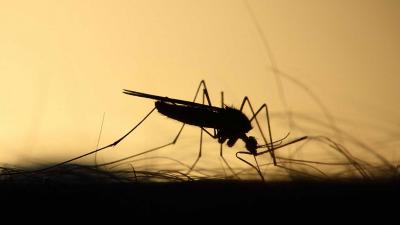(Bloomberg) – Before COVID-19 hit, New York City was home to many of the richest people in the world, an elite group of 30,000 families earning at least $ 1 million a year.
The future of Gotham will be decided by the number of super-rich people left after the pandemic ends.
The richest 1% of New Yorkers reported a combined income of $ 133.3 billion in 2018, according to new data released last month by the city’s Independent Budget Office. They paid $ 4.9 billion in local income taxes, representing 42.5% of the total income tax collected by the city.
Those numbers show how the decisions of a small number of millionaires and billionaires could have huge tax consequences for a city of more than 8 million people. In 2018, 1,786 taxpayers earned more than $ 10 million or more.
The top 1% – about 38,700 taxpayers – earned almost as much as the bottom 90% of New Yorkers. The top 5% earned more than the bottom 95%.
New York’s wealthiest residents left quickly in March, when the city became the center of a Covid-19 outbreak that killed about 1 in 400 residents.
Since then, some New Yorkers have returned. Many others have stayed away, and rents for city apartments are falling as prices for suburban homes rise. Wealthy people in the New York area tell their advisers that they are thinking about moving permanently, especially to Florida, which does not have a state income tax.
In New York, the city collects its own income tax of up to 3.876%, in addition to the state’s maximum rate of 8.82%.
“I’m taking calls from people who want to get out of New York and New Jersey,” says Geoffrey Weinstein, a tax attorney for Cole Schotz. “People are more comfortable working remotely.”
The income of the richest 1% has increased since the last recession. To join the richest 1% of New Yorkers in 2018, it took an income of more than $ 811,663. That’s more than the $ 493,400 in 2009, when the recession ended.
One factor that still keeps many families wealthy in New York is their educational services, Weinstein says. “The number one problem is school, for people who have children.”
Over the past decade, the number of ultra-wealthy children in the city has increased dramatically, data from the Independent Budget Office shows. In 2009, the year the recession ended, taxpayers making at least $ 1 million listed 15,926 children. By 2018, 31,137 were on the list, an increase of 95.5%. Meanwhile, in households with incomes of up to $ 100,000, there was a 14.9% decrease in the number of children. Among households with incomes of up to US $ 50,000, there was a 19.8% drop.
Overall, the number of children in the city as reported on tax returns peaked in 2012 and has declined consecutively since then.
Nota Original:New York Worries Top 1% Will Flee With $133 Billion of Income
©2020 Bloomberg L.P.
–


